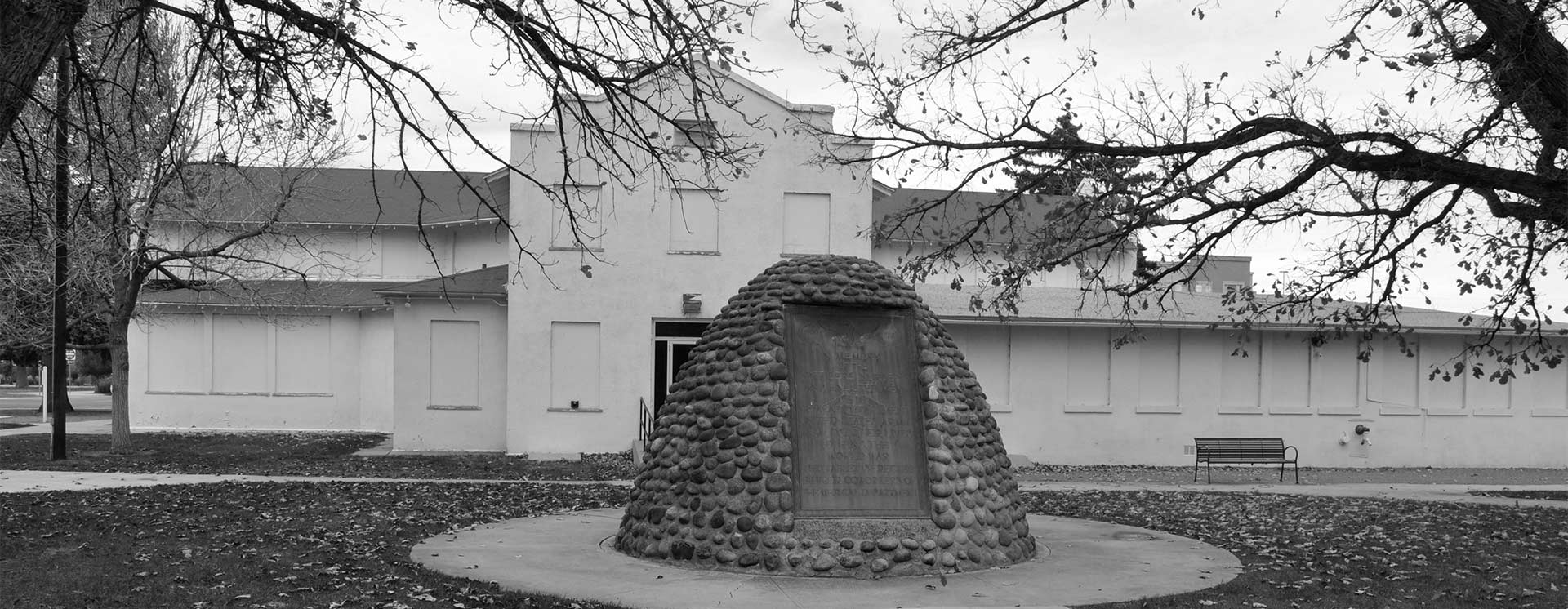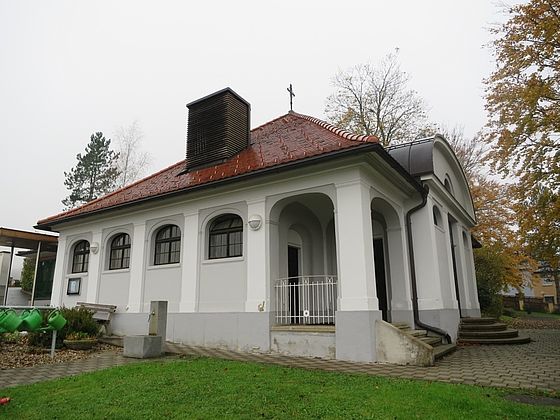
World War One Sites - The NETWORLD Database
Building and railway installation of the former POW camp Feldbach-Mühldorf, Styria, Austria
The Feldbach POW camp constructed in 1915 also included a hospital that expanded during World War I to become one of the largest military hospitals of the Danube Monarchy. The camp also served as an important production location for the Austro-Hungarian military. Hand grenade handles, shoe nails, sled runners, targets, snow shovels and fire extinguishing buckets were made, as well as barracks constructed as winter quarters. The camp was designed to house around 2,000 guards and 20,000 prisoners, and in total approximately 100 buildings were constructed. Several camp buildings and installations still exist today such as a former housing barracks and commodity depot, a workshop building and the Steinberg military light railway belonging to the former camp with a well system.
Austria, Styria
Type of WWI-heritage
- Military Fortification
- POW-camp
- Military Infrastructure
Dimensions
No information available.
State of repair/preservation
The existing buildings/installations are partly still in good condition.
Historical WWI Context
Already in 1914 and shortly following the start of the war, representatives of the Austro-Hungarian military authorities and civil offices discussed possible locations for POW camps. As a consequence, several large barrack camps for POWs were erected in Styria during World War I, such as at Feldbach, Lebring and Knittelfeld.
At Feldbach, barracks were built in 1915 for around 2,000 guards and 20,000 prisoners as well as hospital- and isolation barracks, in total approximately 100 buildings. The ground required for this was rented for a period of six years at a cost of 200 crowns per bay. At the end of the war in 1918, a total of 92 hectares had been constructed.
When Italy entered the war in May 1915 the responsible Austro-Hungarian authorities decided to evacuate the Feldbach camp and relocate the POWs to other camps in Hungary. Only the approximately 4,000 prisoners assigned to the construction department of the Feldbach camp remained on site.
A hospital also belonged to the Feldbach POW camp that after relocation of the POWs was expanded to treat around 5,000 injured. During the course of the war it grew to become one of the largest military hospitals in the Danube Monarchy, and was equipped with its own operating theatres, x-ray equipment and an eye hospital. The camp served as an important military production site for the Austro-Hungarian authorities, making commodities such as hand grenade handles, shoe nails, sled runners, targets, snow shovels and fire extinguishing buckets as well as barracks.
A secret railway test section for the complete monarchy was built near the Feldbach camp in World War I. The tracks were later removed but the routes and building constructions remained.
Recent Images






Historical Images
State of legal protection
The still existing buildings of the former POW camp Feldbach and buildings belonging to the Steinberg military light railway and well system are heritage-protected.
Owner
No information available.
Kind of cultural use of WWI
Further information:
Heimat.Museum im Tabor, Feldbach
Further information: tabor-feldbach.at
Opening
Further information:
Heimat.Museum im Tabor, Feldbach: tabor-feldbach.at
Entrance Fee
Further information: Heimat.Museum im Tabor, Feldbach: tabor-feldbach.at
Information regarding cities, villages, other touristic attractions (non-WWI) nearby
Further information:
Land Steiermark: www.steiermark.com
Region Thermenland: www.thermenland.at
City of Feldbach: www.feldbach.gv.at
Accomodation
Further information:
Land Steiermark: www.steiermark.com
Region Thermenland: www.thermenland.at
City of Feldbach: www.feldbach-tourismus.at
Public Transport
Further information:
ÖBB: www.oebb.at
Steirischer Verkehrsverbund: www.verbundlinie.at
Further information sources
Publications:
Wolfram Dornik & Rudolf Grasmug, Der Lager-Komplex Feldbach-Mühldorf, in: Elisabeth Arlt u. a. (Hg.), Krieg, fern der Front. Die Südoststeiermark im Ersten Weltkrieg, Graz (2015), S. 191–192.
Peter Hansak, Das Kriegsgefangenenwesen während des I. Weltkrieges im Gebiet der heutigen Steiermark, Dissertation Universität Graz (1991).
Eva Steigberger, Der Lagerkomplex aus dem Ersten Weltkrieg in Feldbach in der Steiermark. Ein Unterschutzstellungsprojekt, in: Ort – Erinnerung – Denkmal. Relikte des Ersten Weltkriegs. Österreichische Zeitschrift für Kunst und Denkmalpflege, Heft 3/4 (2015), S. 283–291.
Julia Walleczek-Fritz, Kriegsgefangenschaft und Kriegsgefangenenlager in Österreich-Ungarn im Ersten Weltkrieg, in: Ort – Erinnerung – Denkmal. Relikte des Ersten Weltkriegs. Österreichische Zeitschrift für Kunst und Denkmalpflege, Heft 3/4 (2015), S. 273–282.
Other heritage sites nearby
Museums Private Collections
Further information:
Heimat.Museum im Tabor, Feldbach: tabor-feldbach.at
Museum für Geschichte, Graz: www.museum-joanneum.at/museum-fuer-geschichte
Building and railway installation of the former POW camp Feldbach-Mühldorf, Styria, Austria
46.95493359963452 15.887785406796297 fileadmin/res/images/layout/standar-marker.pngLocation